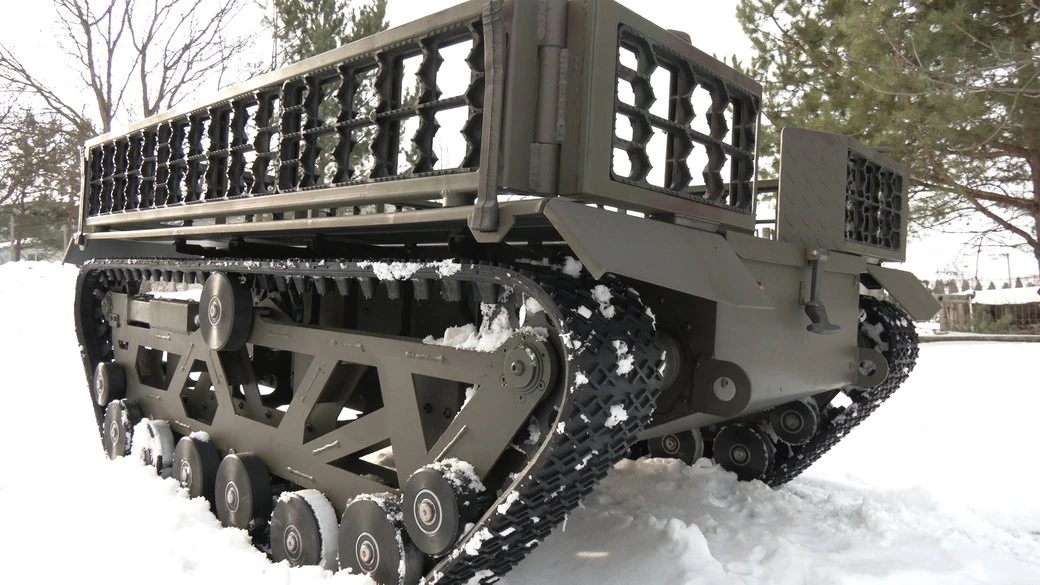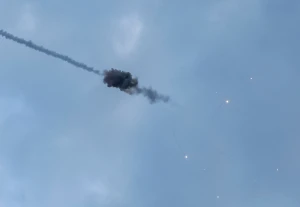
Ukraine strikes key Russian airfield hosting Su-34, Su-35 jets. Serhiy Zgurets' column
Invading Russian forces continue their active offensive operations. Over the past day, there were 142 clashes at the front , with most of the fighting occurring in the Kurakhove, Pokrovsk, and Toretsk sectors
142 clashes at front, most intense fighting in Kurakhove, Pokrovsk, and Toretsk sectors
During the night of October 3rd, Ukrainian Defense Forces' drones struck the Russian Borisoglebsk airfield in the Voronezh region. We are currently awaiting satellite imagery to assess the success of this operation, which focused on an airfield housing Russian Su-34 and Su-35 aircraft. The site also served as a storage facility for guided bombs and aviation fuel, both actively utilized in combat. This attack is part of a systematic strategy by the Ukrainian Defense Forces, and we remain hopeful that such operations will persist.
The number of combat clashes over the previous day has been significant—142 in total. Half of them occurred in three key areas: Pokrovsk, Kurakhove, and Toretsk. However, this does not mean that other directions are any less challenging.
Around-the-clock Russian assaults in the Siversk direction
Stepan Barna, commander of the BARNI unit within the 10th Separate Jagers Assault Brigade, reported that his brigade has been actively engaged in missions in the Donbas for the past 2.5 years. Alongside other units, they are tasked with defending the area around Siversk and conducting operations in challenging field conditions. Barna emphasized that it is only through the remarkable dedication of the men and women in the 10th Brigade that they have managed to maintain their positions. He noted that Russia has been unable to make any advancements in this direction for the duration of that time.
Barna reported that the Russian army is attempting to use all available weapons in mass assaults—ranging from aviation and artillery to infantry operations. Nearly every day, the Russian army bombards the positions held by the brigade. Advancing heavy armored vehicles in this area is very difficult for Russian troops because the positions are located in open terrain, making it possible to destroy their armor from a distance. As a result, Russian forces are trying to advance with infantry assaults. These attacks on the Ukrainian Defense Forces’ positions occur almost daily. Sometimes, Russian troops attempt to reach Ukrainian Defense Forces’ positions using motorcycles.
Barna also stressed that Russia continues to use guided bombs frequently. Russian troops target not only settlements near the front line but also the Ukrainian troops' positions. The intensity of these attacks remains constant. According to Barna, the situation regarding ammunition is critical, with substantial quantities required to fend off Russian troops. The Ukrainian Defense Forces' units face a shortage of ammunition, including mortar and artillery shells. This shortage is often offset by the use of drones.
Barna also spoke about the commander’s top priority on the battlefield, emphasizing that the most important thing is the lives of the personnel. A commander must use their troops effectively while ensuring the safety of every soldier.
Murakha robotic system successfully performs logistics functions on battlefield
Ihor Chaikivskyi, the founder of the Robotic Systems company, shared that the Murakha robotic system performs a straightforward function. It currently serves as a logistics platform, enabling military personnel to deliver supplies and ammunition to other positions. The system operates across all sections of the front line.
Chaikivskyi explained that the company is currently recalling the Murakha systems from the Ukrainian Defense Forces due to a defect found in one of the system’s components. This critical component is related to the power mass, and although it was unexpected—given the system’s tenfold reliability factor—defects were discovered, leading to short-circuit issues. As a result, the company has carried out engineering measures, replacing the faulty component in experimental units. Now, an on-site engineering team is replacing the part in the field.

Murakha robotic complex (photo: Suspilne Ternopil)
Due to the relatively small number of Murakha systems deployed to the Ukrainian Armed Forces, replacing the faulty component is manageable and allows engineers to conduct additional inspections of the platforms. As the number of systems increases, such technical checks will become more challenging. Chaikivskyi noted that the company has decided not only to replace the defective part but also to switch to a product from a different manufacturer.
Looking ahead, Chaikivskyi revealed that by the end of the year, the company plans to develop new platform models based on the Murakha system. Given its logistics role, Murakha has a longer operational lifespan than other systems. The company is confident that platforms designed for combat tasks must also be built with high-quality materials and assembly. By the end of the year, the company aims to release two new systems based on Murakha: a telescopic relay mast and a remotely controlled turret.
- News













































